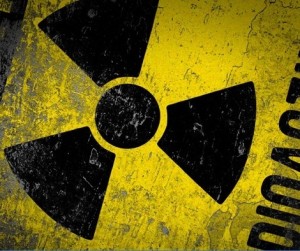
CEREA Cesium-137 Deposition Across the Pacific Fukushima Daiichi Nuclear Fallout Simulation ☢
This is an interesting simulation from France that show atmospheric dispersion of Caesium 137 radionuclides from the Fukushima-Daichii nuclear power plant across the Pacific.
The map don't show Europe but I can tell you that it took about 2 weeks for the fallout to reach northern Europe along with Iceland. And then spread down to middle Europe. The radionuclides follow the streams over Iceland down to England, Norway, Sweden and Finland. So they are the countries that first get the fallout from Fukushima in Europe.
Text from video:
French map of cesium-137 deposition from Fukushima shows the US more contaminated than Western Japan (MAP & VIDEO)
September 1st, 2011 at 07:41 AM
Map of Cesium-137 Deposition Across the Pacific by CEREA Shows the US More Contaminated Than Western Japan, EX-SKF, August 31, 2011:
[...] According to [France's CEREA simulation map of ground deposition of cesium-137 after Fukushima], the US, particularly the West Coast and particularly California, may be more contaminated with radioactive cesium than the western half of Japan or Hokkaido. [...]
Atmospheric dispersion of radionuclides from the Fukushima-Daichii nuclear power plant, CEREA:
The simulation was performed with a specific version of the numerical atmospheric chemistry and transport model Polyphemus/Polair3D. The parametrisations used for the transport and physical removal of the radionuclides are described in [1,2,3,4]. The magnitude of activity concentration field is uncertain and could be significantly different from the actual one. In particular, the source term remains uncertain. Therefore, these results should be seen as preliminary and they are likely to be revised as new information become available to better constrain the source term and when radionuclides data can be used to evaluate the model simulation results.








No comments:
Post a Comment